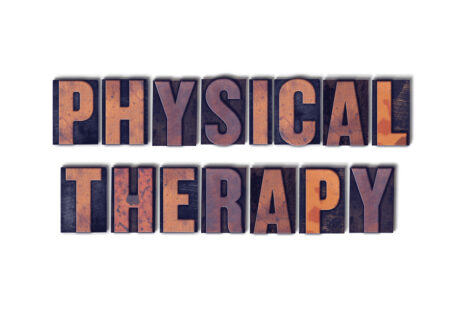Massage therapy can be beneficial for certain types of spinal injuries, depending on the nature and severity of the injury, as well as individual factors such as pain tolerance and response to treatment. While massage therapy is generally considered safe and may provide temporary relief from pain and muscle tension, it’s important to approach it with caution and consult with a healthcare provider before seeking massage therapy for a spinal injury.
Here are some considerations regarding the potential benefits and limitations of massage therapy for spinal injuries…
- Pain Relief – Massage therapy can help alleviate muscular tension and discomfort associated with spinal injuries, such as muscle strains, sprains, or overuse injuries. By applying manual pressure and manipulation techniques to soft tissues surrounding the spine, massage therapists can promote relaxation, increase blood flow, and release endorphins, which are natural pain-relieving chemicals produced by the body.
- Improved Range of Motion – Massage therapy can help improve flexibility, range of motion, and joint mobility, which may be compromised due to muscle tightness, stiffness, or inflammation associated with spinal injuries. By addressing muscular imbalances and adhesions, massage therapy can facilitate movement and reduce restrictions in the spine and surrounding tissues.
- Reduced Muscle Spasms – Spinal injuries, such as herniated discs or vertebral misalignments, can sometimes lead to muscle spasms and involuntary contractions in the surrounding muscles. Massage therapy techniques such as effleurage, petrissage, and myofascial release can help relax hypertonic muscles, reduce spasms, and restore normal muscle tone and function.
- Stress Reduction – Chronic pain and disability resulting from spinal injuries can take a toll on mental and emotional well-being. Massage therapy provides a soothing and nurturing environment that promotes relaxation, reduces stress and anxiety, and enhances overall mood and quality of life.
- Precautions and Contraindications – While massage therapy can be beneficial for many individuals with spinal injuries, there are certain precautions and contraindications to consider. Massage therapy may not be appropriate for individuals with acute fractures, severe spinal cord injuries, spinal instability, or certain medical conditions that increase the risk of complications. It’s important to consult with a healthcare provider before undergoing massage therapy to ensure that it is safe and appropriate for your specific condition.
- Collaborative Approach – Massage therapy is often used as part of a multidisciplinary approach to spinal injury management, in conjunction with other treatments such as physical therapy, chiropractic care, medication, and lifestyle modifications. Collaborating with a team of healthcare professionals can help ensure comprehensive care and optimal outcomes for individuals with spinal injuries.
Massage therapy can be a valuable adjunctive treatment for certain spinal injuries, providing pain relief, improved mobility, and enhanced well-being. However, it’s important to seek guidance from a qualified massage therapist and coordinate care with a healthcare provider to ensure safe and effective treatment tailored to your individual needs and circumstances.




